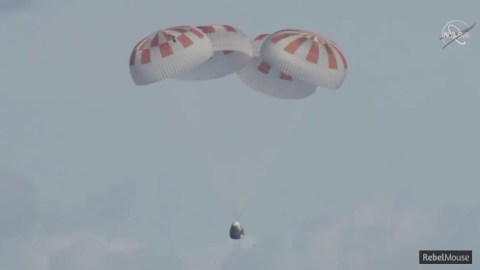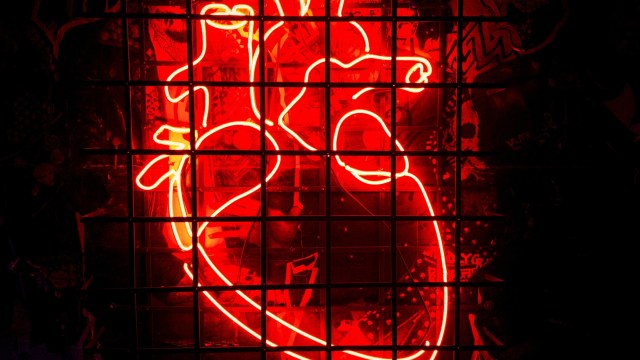SpaceX’s Crew Dragon makes historic landing in Atlantic Ocean

NASA
- Crew Dragon has successfully completed its six-day mission designed to test whether the capsule is fit to transport humans to the ISS.
- SpaceX and NASA collaborated on the mission, which signals an end of U.S. reliance on Russian spacecraft to transport astronauts to the space station.
- Boeing also is working with NASA to execute missions to the space station, and plans to conduct similar tests in the coming months.
SpaceX’s commercial astronaut capsule, the Crew Dragon, successfully landed in the Atlantic Ocean Friday morning after being docked at the International Space Station for the past week.
It’s a historic achievement for SpaceX, which hopes to someday transport humans to space on the Crew Dragon, and also for NASA, which collaborated with SpaceX on the mission. The mission also signals an end to U.S. reliance on Russian spacecraft to transport astronauts to the ISS, since NASA retired the final Space Shuttle in 2011.
In the final hours of Crew Dragon’s six-day test mission, the capsule detached from the ISS early Friday morning, burned thrusters to point itself toward the landing zone, endured a fiery re-entry through Earth’s atmosphere, and deployed parachutes to cushion its ocean landing, about 200 miles off the coast of Florida.

SpaceX
The unmanned, 26-foot-long capsule landed in the ocean on schedule at 8:45 a.m. and was then placed on its “nest” — a spot on the deck of SpaceX’s GO Searcher recovery ship. It was the first Atlantic Ocean landing of a capsule meant for humans in nearly 50 years, NASA said, with the last such incident being the Apollo 9 splashdown on March 13, 1969.
NASA Administrator Jim Bridenstine said the mission was “an amazing achievement in American history” and that it was the “dawning of a new era in American human space flight.”
Crew Dragon was carrying 400 pounds of cargo and a dummy passenger named Ripley — after Sigourney Weaver’s character in the Alien films. Ripley was outfitted with sensors that’ll give NASA and SpaceX officials an idea of how human astronauts would have fared during the mission. After all, the Dragon’s heat shield reached temperatures exceeding those on the surface of the sun when it re-entered the atmosphere, appearing scorched upon its descent.
“You might also notice that the thermal protection system on the outside of Dragon, if you were watching during launch, was a pristine white,” said SpaceX engineer Kate Tice during live commentary. “There was plasma, of course, as it re-entered through Earth’s atmosphere, so we have a lovely toasted marshmallow there sitting in the nest of our recovery ship.”
In June, SpaceX and NASA plan to conduct another unmanned mission for Crew Dragon, followed by a manned mission in July that will carry astronauts Doug Hurley and Bob Behnken to the ISS. Boeing also has a multibillion-dollar contract with NASA to use its spacecraft to execute missions to the space station.
The company plans to soon launch a test mission using its CST-100 Starliner capsule, with plans to launch a manned test mission in August. For NASA, these collaborations with the private sector represent an effort to bring orbital human spaceflight back into American hands.





